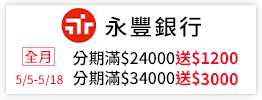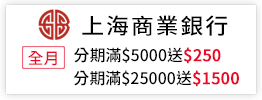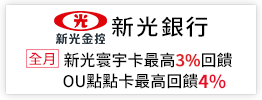1 Introduction
1.1 Fundamental Limits in Channel Capacity
1.2 Motivation
1.3 Research Objectives and Problem Statement
1.4 Organization of Book
2 Printed Antennas for High-Speed Communication Systems: Preliminaries and Review
2.1 Ultra-wideband Communication Systems
2.1.1 Brief History of UWB Technology
2.1.2 General Concepts of UWB Technology
2.1.3 Advantages of UWB Technology
2.1.4 Various Applications of UWB Technology
2.1.5 Antenna Requirements for UWB Technology
2.1.6 Characterization of UWB Antennas in Time-domain .
2.1.7 Revisiting Antennas for UWB Communications .
2.2 Multiple-Input-Multiple-Output Communication Systems .
2.2.1 Brief Description of MIMO Communication Systems .
2.2.2 Channel Capacity in MIMO Systems
2.2.3 Signalling Schemes in MIMO Systems
2.2.4 Antenna Diversity in MIMOS ystems
2.2.5 Revisiting Antennas for MIMO Communications . .
3 UWB Antennas with Notch: Design and Performance Analysis
3.1 Design and Analysis of Single band-notched Ultra-wideband Antenna
3.1.1 Introduction and Related Work
3.1.2 Antenna Design and Implementation
3.1.3 Results and Discussion3.2 Design and Analysis of Dual Band-notched Ultra-wideband Antenna 35
3.2.1 Introduction and Related Work
3.2.2 Antenna Design and Implementation
3.2.3 Results and Discussion
3.3 Design and Analysis of Electronically Tunable Band-notched Ultra-wideband Antenna
3.3.1 Introduction and Related Work
3.3.2 Antenna Design and Implementation
3.3.3 Results and Discussion
3.4 Concluding Remarks
4 Band-notch Techniques in UWB Antennas: A Comparison
4.1 Design and Analysis of Band-notch Techniques in UWB Antenna &
lt;4.1.1 Introduction an dRelated Work
4.1.2 Antenna Design and Band-Notch Implementation
4.1.3 Time-Domain Performance Comparison of Band-notch Techniques
4.2 Band-notched UWB Antenna with Shorted Quarter-wave Resonator
4.2.1 Antenna Design and Implementation
4.2.2 Results and Discussion
4.3 Concluding Remarks
5 Printed Antennas for MIMO: Exploitation of Pattern Diversity
5.1 Design and Analysis of MIMO Antenna with Omnidirectional PatternDiversity
5.1.1 Introduction and RelatedWork
5.1.2 Antenna Design and Implementation
5.1.3 ResultsandDiscussion
5.2 Design and Analysis of MIMO Antenna with Pattern and PolarizationDiversity
5.2.1 Introduction and Related Work
5.2.2 Antenna Design andI mplementation
5.2.3 Results and Discussion
5.3 C
oncluding Remarks6 Printed Antennas for MIMO: Exploitation of Polarization Diversity
6.1 Introduction and Related Work
6.2 Antenna Design and Implementation
6.3 SimulationandMeasurementResults
6.4 Concluding Remarks
7 Conclusion and Future Scope
7.1 Contribution of the book
7.2 Future Scope
References



 天天爆殺
天天爆殺  今日66折
今日66折 

























 博客來
博客來 博客來
博客來 博客來
博客來 博客來
博客來 博客來
博客來